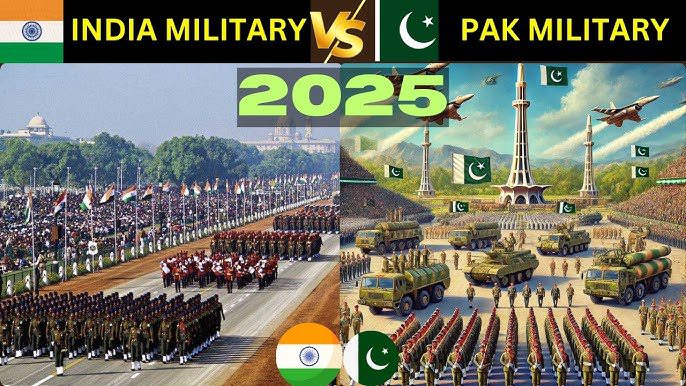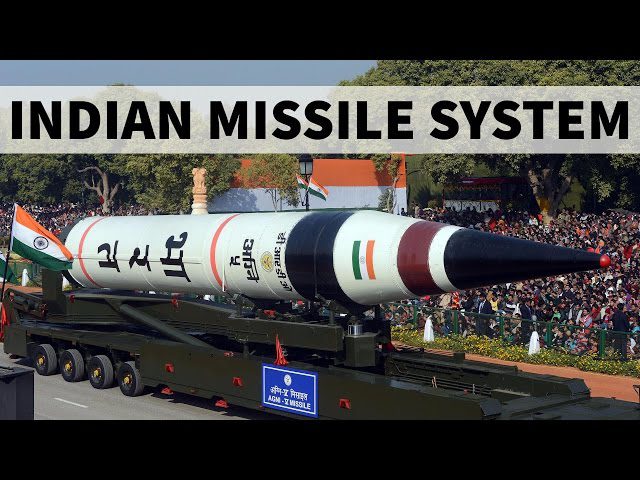Who Has Better Weapons: Pakistan or India? A Comparative Analysis of Military Capabilities
May 1, 2025
Table of Contents
Who Has Better Weapons: Pakistan or India? A Comparative Analysis of Military Capabilities

Military strength plays a crucial role in regional stability and power. For decades, India and Pakistan have competed fiercely on the battlefield and in technology. Their rivalry shapes the security landscape of South Asia. This article compares their military arsenals, focusing on weapons, tech, and strategic power.
Military Spending and Defense Budget
Comparing National Defense Expenditures
India’s defense budget for 2023 is around $72 billion, making it one of the world’s largest spenders. In contrast, Pakistan spends about $11 billion on defense. Over the last ten years, India’s spending has steadily increased, allowing for new weapons and modern gear. Pakistan’s budget has grown as well but at a slower pace, impacting its modernization plans.
Allocation of Resources
India puts most of its money into conventional forces and nuclear weapons. Its focus is on bolstering its army, navy, and air force. India also invests heavily in modernization programs and new tech. Pakistan’s spending centers on maintaining existing forces and developing nuclear and missile capabilities. While both nations aim to upgrade their arsenals, India’s bigger budget gives it an edge in financial capacity.
Conventional Weapons and Ground Forces
Infantry and Armored Units
India boasts around 1.4 million soldiers, the largest in South Asia. Its tank fleet includes T-90, T-80, and older models, with plans for future upgrades. Pakistan’s army is smaller but highly trained, with about 600,000 troops. Its main tanks include Al-Khalid and T-80UD models, which perform well in regional conflicts.
Artillery and Missile Systems

India has advanced artillery systems like the Self-Propelled Gun M46 and multiple launch rocket systems. It also has a growing missile program. Pakistan’s artillery is smaller but effective, with systems like the M-109 and locally developed missile systems. Both countries use missile tech for land and air strikes, but India’s arsenal is more diverse and technologically superior.
Naval Capabilities and Sea Power
Fleet Composition and Submarine Warfare
India operates the largest navy in South Asia, with aircraft carriers like INS Vikramaditya and the newest INS Vikrant. Its fleet includes destroyers, frigates, and submarines. Pakistan’s navy is smaller, mainly operating diesel-electric submarines from France’s Agosta class. It plans to expand its submarine fleet with new vessels.
Naval Power Projection and Modernization Efforts
India holds regular naval exercises with allies and is building port infrastructure to project power. Pakistan is modernizing its navy, focusing on submarines and missile boats. Naval tech advances, such as anti-ship missiles, give both countries critical strategic advantages.
Air Force Strength and Technology

Fighter Aircraft and Air Defense Systems
India’s air force has over 600 aircraft, including Su-30MKI fighters, Rafale jets, and Light Combat Aircraft (Tejas). It also has sophisticated air defense systems. Pakistan’s air force operates F-16 fighters, JF-17 Thunder jets, and Mirage aircraft. Both nations are upgrading their air forces with better technology.
Advanced Weapon Platforms
India is investing in stealth technology and drones. Its newer models can conduct surveillance and attack missions. Pakistan is also developing drone warfare, notably with the JF-17’s capabilities. Both countries are expanding their missile systems for air-to-ground and air-to-air combat.
Nuclear and Strategic Weapon Capabilities
Nuclear Arsenal Size and Delivery Mechanisms
Experts estimate India has around 50-60 nuclear warheads, delivered via land-based missiles, strategic bombers, and submarines. Pakistan likely has about 100 warheads, with delivery through ballistic missiles like the Shaheen and cruise missiles. Both countries aim to secure quick retaliation if attacked.
Strategic Doctrine and Policy
India follows a no-first-use policy, promising to only use nuclear weapons if attacked first. Pakistan’s doctrine focuses on assured retaliation, emphasizing its deterrence strategy. This balance makes the nuclear threat a key part of regional security.
Technological Innovations and Future Developments
Indigenous Defense Projects
India is developing missiles like BrahMos, and upgraded aircraft like TEJAS fighters. It’s also working on drone tech and space defense programs. Pakistan is pushing forward with ballistic missile projects and advanced fighter jets, including JF-17 Block III.
International Collaborations and Arms Suppliers
India works with Russia, France, and Israel for advanced weapons and tech. Pakistan mainly partners with China, getting JF-17 jets and submarines. Both nations aim to develop even more subject to future tech like cyber warfare, space defense, and AI.
Emerging Technologies
Cyber defense and space-based weaponry become more important. Countries are researching AI-driven war systems. The future battlefield will likely combine traditional weapons with new tech innovations.
Conclusion
India clearly holds the edge in overall weapons technology and military power. Its larger budget, diverse arsenal, and advanced tech give it a strong advantage. Pakistan’s smaller, yet capable, forces rely heavily on nuclear deterrence and strategic positioning. Both countries are fast evolving, but India’s investments in modernization and innovation set its forces apart.
The future of South Asian security hinges on how both nations develop new weapons and maintain strategic stability. While India seems to have the upper hand today, ongoing tech advances could alter the balance. For now, India’s weapons arsenal gives it a clear edge in regional power and military strength.
